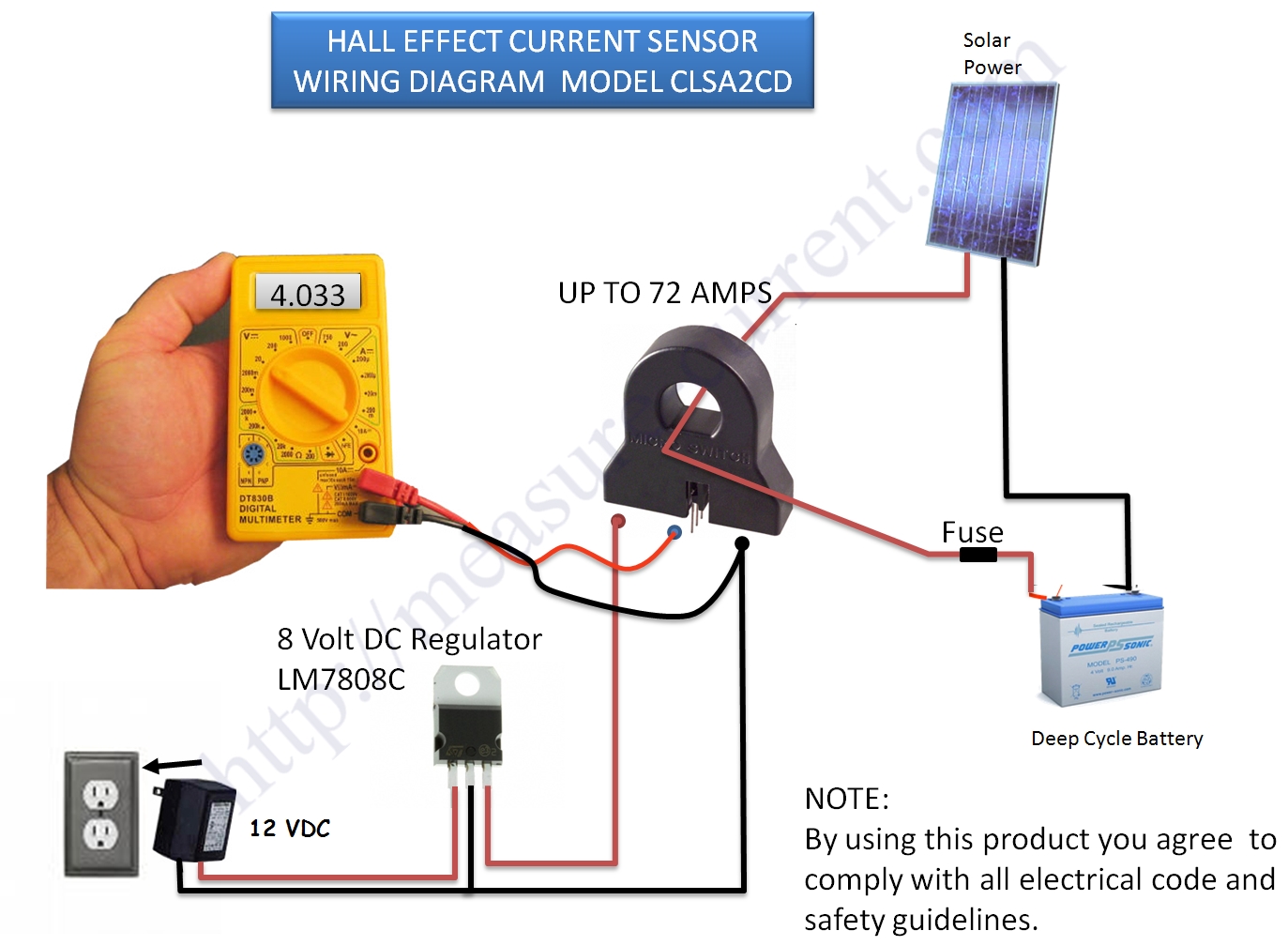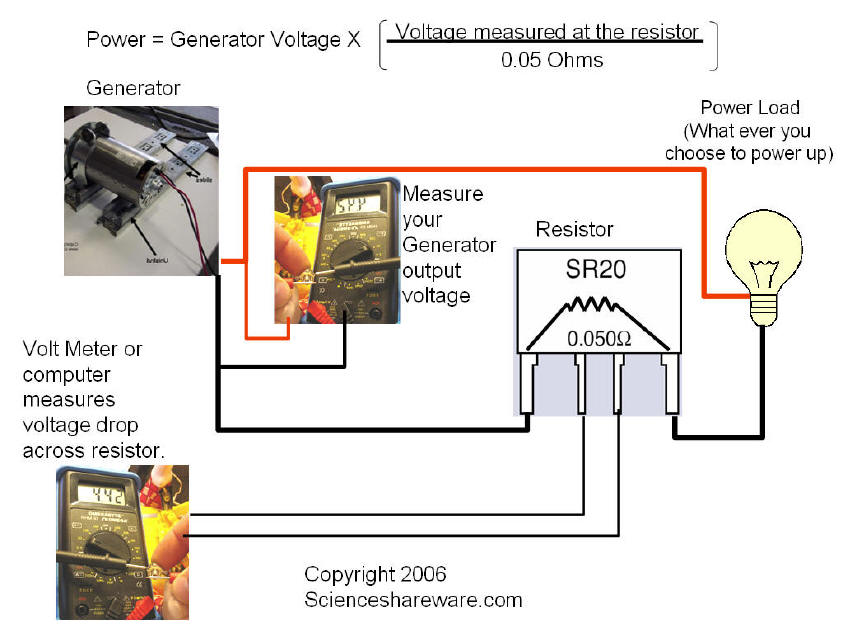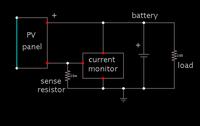swethamenon
Member level 4

Im doing project on solar energy m/m.how to connect sensors and PIC to it..
can any1 show the block diagram for that.
current sensor in series and voltage sensor in parellel to the PV output.
is the output from them connect directl to the PIC ports??
Where should connect the load(dc battery)/.?
can any1 show the block diagram for that.
current sensor in series and voltage sensor in parellel to the PV output.
is the output from them connect directl to the PIC ports??
Where should connect the load(dc battery)/.?




